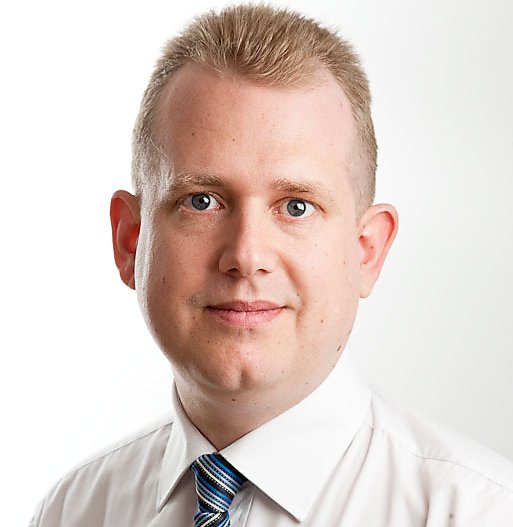With many ready-made Software Asset Management (SAM) and Hardware Asset Management (HAM) solutions available, making the right decision can be overwhelming, and making the wrong choice can be costly. In some cases, implementing a vendor system may become so expensive that developing a bespoke system could have been faster, cheaper, and better.
The best solution on the market might not be the best solution for your business if it doesn’t easily integrate within your existing IT ecosystem. Here are some key questions and considerations:
- Integration and Compatibility
- What data does your business already have about hardware and software?
- Will the new solution become the authoritative data set, or will you still rely on other data sources?
- How well does the solution fit into your organisation’s existing processes?
- What are the infrastructure and operating system requirements?
- Are software components required on individual assets?
- Does the solution require customisation to fit your environment?
- Development and Licensing
- How much bespoke software development is necessary to meet your requirements?
- Are any third-party software components and licences required?
- Which database system is required to store the data?
- Operational and Support Requirements
- Who will maintain and support the solution?
- How intuitive is the solution, and how much training will your team require?
- Does the solution manage software deployment and removal?
- Does the solution include workflow capability for software requests and line-manager approvals?
- Asset Discovery and Management
- Does the solution maintain a database of known software for identification and cataloguing?
- How does the solution handle software licences?
- Can it be easily integrated with licence purchasing records?
- Can it automatically detect software installations, and if so, how does this detection work?
- How are software removals detected?
- How does the solution discover new assets and maintain an accurate asset register?
- What types of assets does the solution manage?
- How does the solution identify where installed software is outdated?
- Does it include patch management capabilities?
- Reporting and Data Management
- What reporting capability does the solution offer out of the box?
- Does the solution allow direct access to data for bespoke reporting?
- How does the system maintain the data?
- Asset Lifecycle Management
- What is the process for managing newly purchased assets?
- What is the process for detecting missing assets?
- How are missing assets handled?
- What is the decommissioning process for assets?
- How does the system handle asset renaming?
- Virtual and Physical Asset Management
- How does the solution manage virtual machines and their hosted environments?
- How will software on virtual machines be managed?
- How does the solution distinguish between hardware and virtual hardware?
- Can the solution identify unauthorised executable files on assets?
- How are hardware assets uniquely identified?
- Can the solution track the physical location of assets?
- Does the solution capture hardware data, such as through Windows Management Instrumentation (WMI)?
- Software Identification and Licence Compliance
- What documentation does the vendor provide with the solution?
- How does the solution define a software installation?
- Does it provide software recognition data to identify individual files?
- Does it offer data about software and licence requirements?
- How are software licences reconciled with discovered software installations?
- Does the solution monitor software usage?
- Can it manage different types of software licences?
Choosing the right software and hardware asset management solution is about aligning the features with your organisation’s specific capabilities, requirements, and strategic goals. Taking time to carefully consider these questions will help ensure a cost-effective, efficient, and successful implementation.

Information security, risk management, internal audit, and governance professional with over 25 years of post-graduate experience gained across a diverse range of private and public sector projects in banking, insurance, telecommunications, health services, charities and more, both in the UK and internationally – MORE
